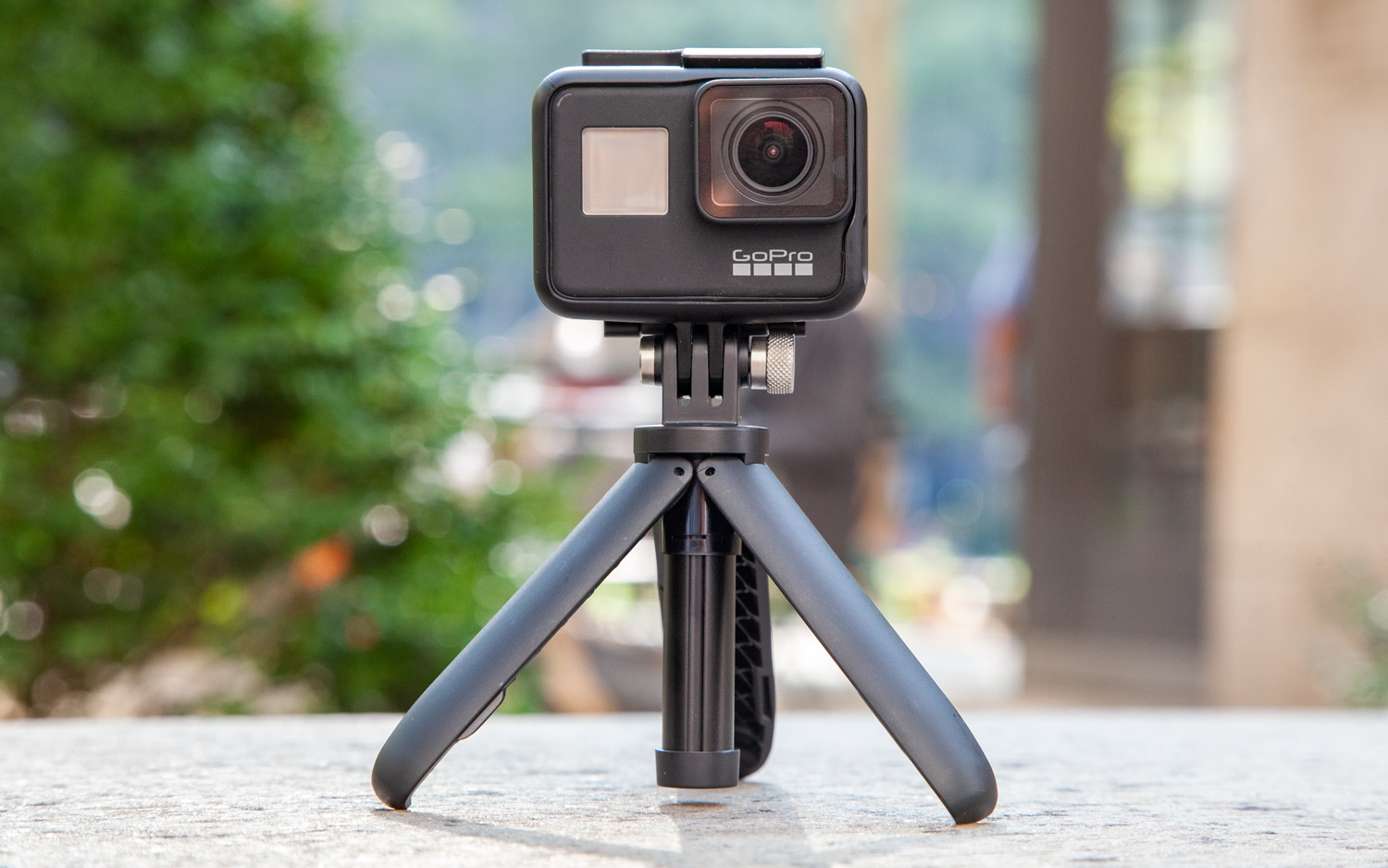Tom's Guide Verdict
GoPro's latest action camera delivers impressively smooth footage while introducing other welcome features like livestreaming and an enhanced time-lapse mode for an attractive price.
Pros
- +
Shoots impressively smooth video
- +
Improved touch controls on viewfinder
- +
TimeWarp feature takes great time-lapse videos
- +
Sharp 4K videos
- +
Great price for a full-featured action camera
Cons
- -
Livestreaming could use some tweaks
- -
Fast charging requires you to buy a separate accessory
- -
Still images can be hit-or-miss
Why you can trust Tom's Guide
After efforts to branch out into the drone business came crashing down to earth, GoPro is getting back to what it does best. The new GoPro Hero7 Black is a return to form that takes the best action camera on the market and adds welcome new capabilities.
The Hero7 boasts a litany of new features, from the ability to livestream whatever the camera captures to new image-capture capabilities — all in a camera that debuts at less than $400. But the thing that will make this latest camera a must-have for action junkies is the supersmooth video the Hero7 manages to capture, thanks to GoPro's efforts to bake in stabilization features that work without a separate gimbal. That's why, even a few years after its release, it's still featured in our best action cameras list and also remains one of the best GoPro Cameras.
Editor's note: GoPro has two successors to the Hero7: The GoPro Hero8 and the GoPro Hero9 Black, both of which offer more advanced features. However, the Hero7 Black is still available, and at a much lower price, making it a good deal for those who want an inexpensive action camera.
Design
Stack the Hero7 next to its predecessor, the GoPro Hero6, and, outside of the logo, you'd be hard-pressed to spot a difference between the two action cameras. The Hero7 measures 2.5 x 1.8 x 1.3 inches — roughly the same dimensions as the Hero6 — and the cameras both weigh 4.1 ounces.
As before, GoPro has built a durable camera in the Hero7. It's still waterproof up to a depth of 33 feet, without any protective housing, and when I risked life and limb karting around a racetrack with a Hero7 strapped to my helmet, I had no concerns about busting up the camera with any sudden impacts. (I was more worried about myself, thanks.)
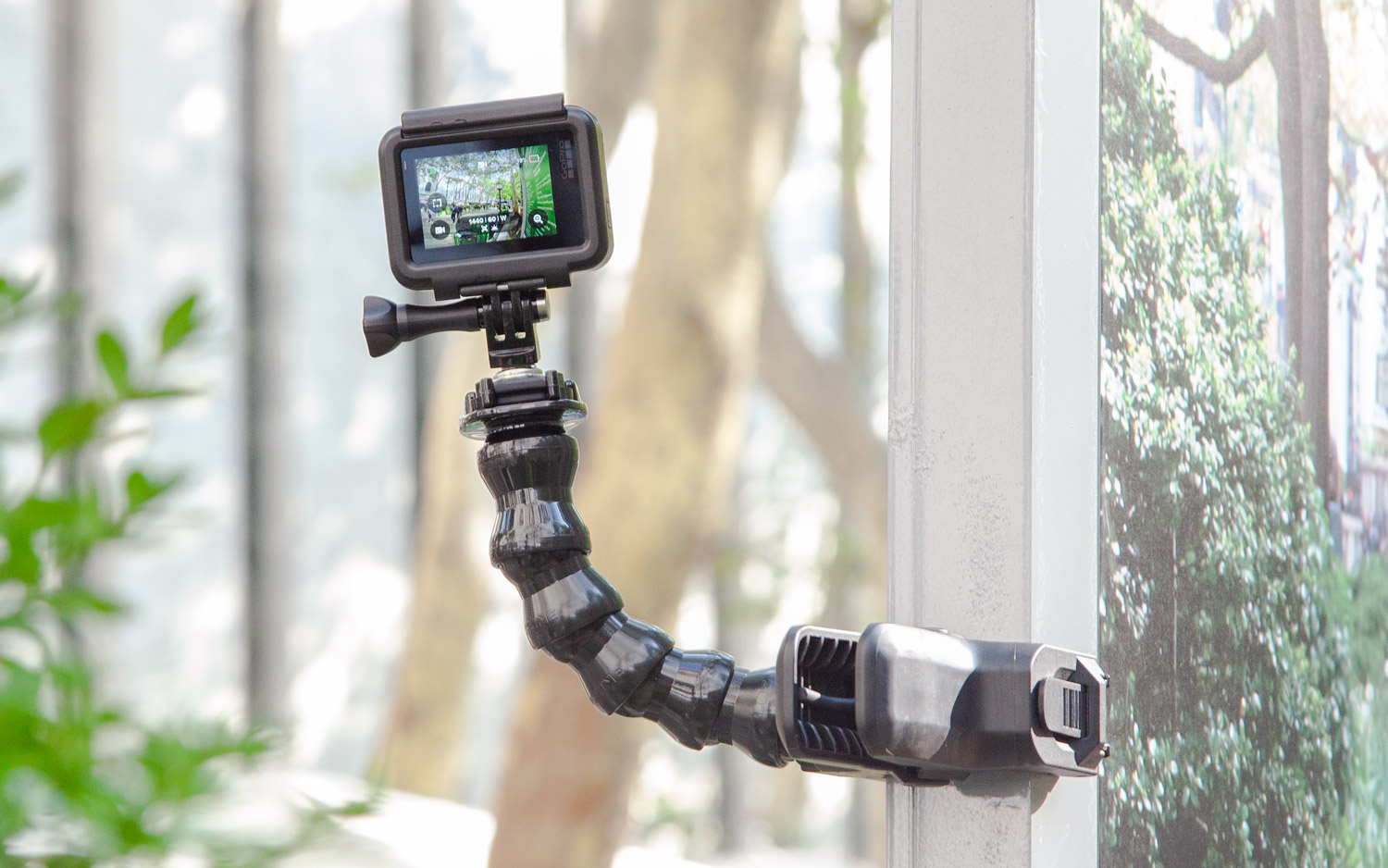
I tested the $399 Hero7 Black, which features a 12-megapixel camera and the ability to shoot 4K video at 60 frames per second as well as 8x slo-mo video. GoPro will also sell Silver and White versions of the GoPro. The $299 Silver uses a 10-MP shooter and records 40K video at 30 fps while offering 2x slo-mo capture; the $199 White uses that same 10-MP lens but captures 1080p video. Both lower-cost Hero7 models lack the ability to livestream as well as to provide the HDR and hyperstabilization features found in the Hero7 Black.
Interface
GoPro cameras haven't always been easy to navigate, but it's apparent the company wants to change that with the Hero7. As before, you'll do a lot of swiping and tapping on the viewfinder to control the camera, but things seem a little more intuitive this time around. I'm not a frequent GoPro user, but after a few moments exploring the camera, I was able to swipe my way around like a pro. It helps that big icons pop up on the 2-inch touch screen to let you know which mode you're in.
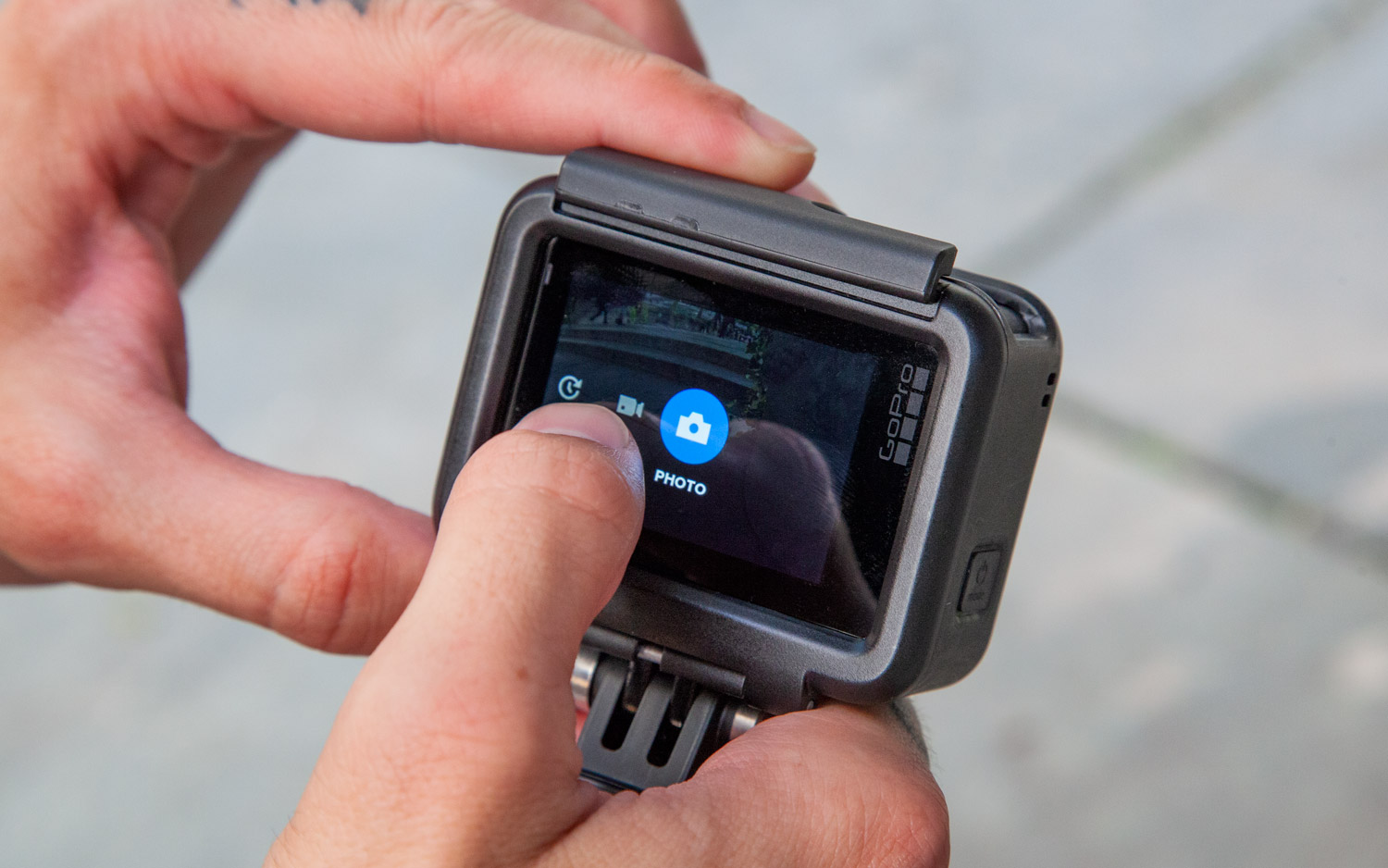
On-screen icons adjust, depending on what mode you're using. In Photo, for example, an icon on the bottom right of the screen gives you slide-to-zoom controls; a middle button lets you adjust camera settings; and a button on the bottom right toggles between photo, burst and night modes. A button just above that sets an automatic timer. (Switch to Video mode, and that last button lets you put a cap on the length of your video — a feature geared toward the Instagram Stories crowd.)
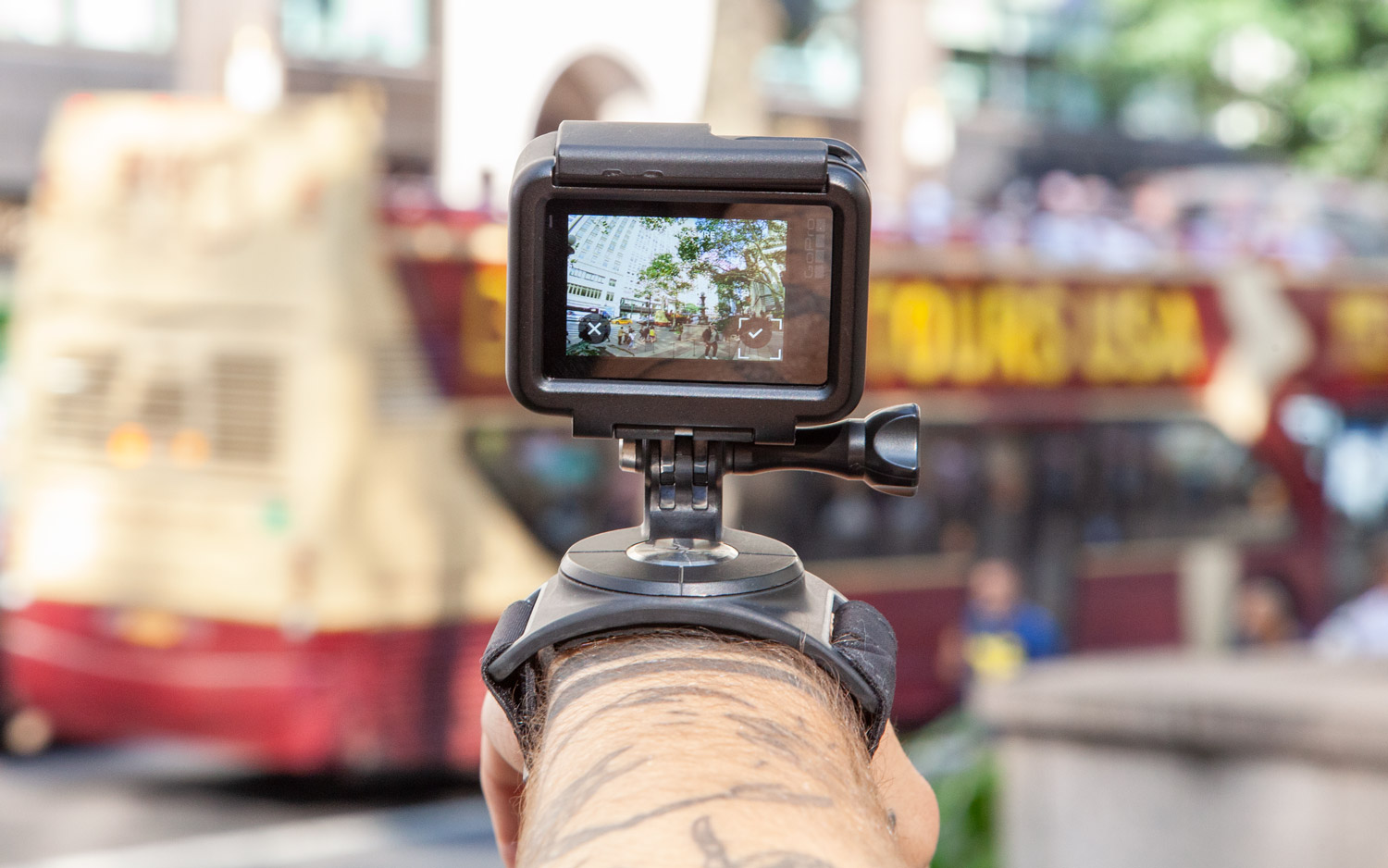
Swiping my way through the Hero7's controls, I couldn't help but think of the old single-digit-megapixel, point-and-shoot digital camera I used 15 years ago, and how I never mucked around with that device's impenetrable menus and settings. GoPro's software has done a much better job building something navigable on a screen that's not that much bigger.
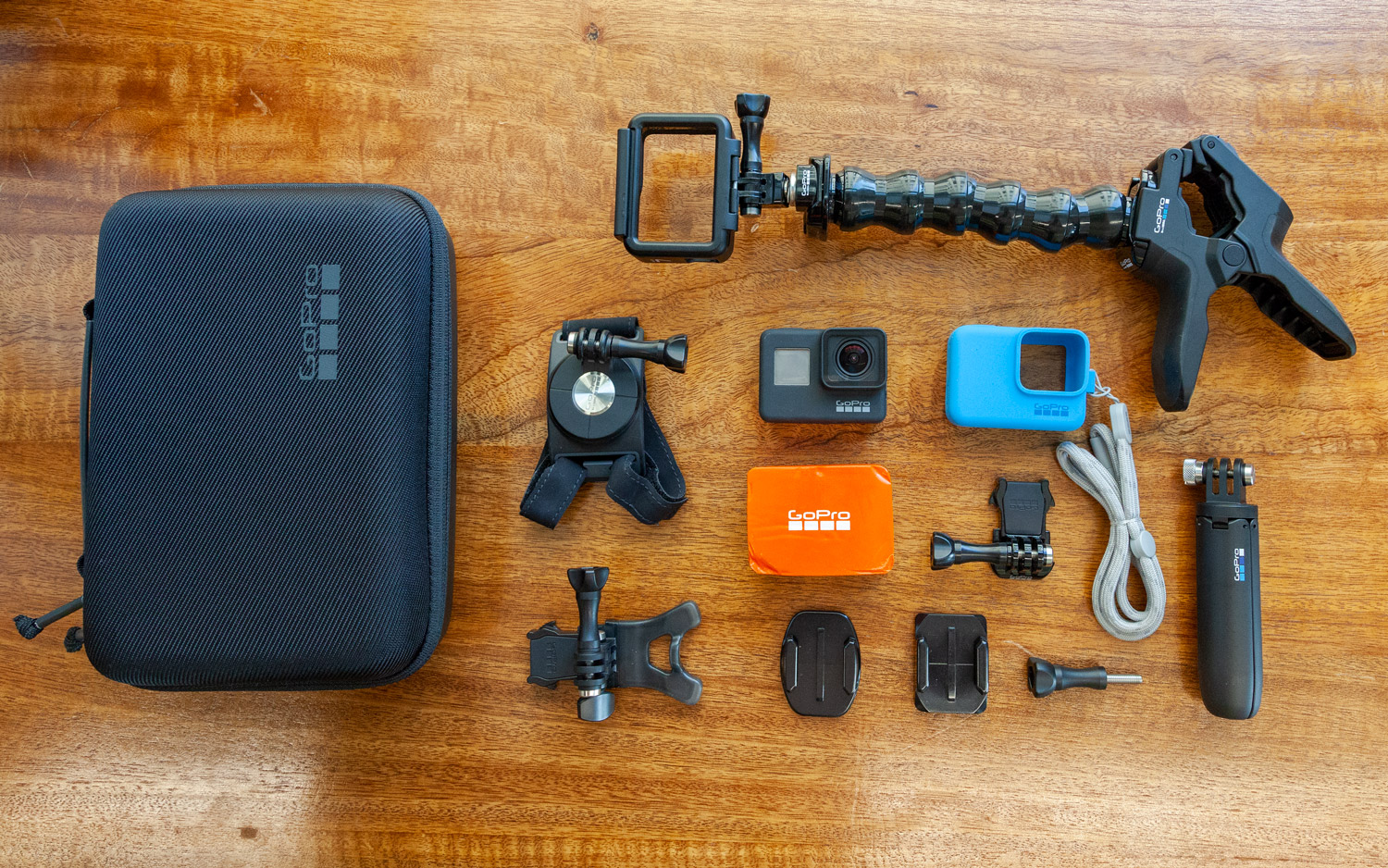
Of course, if you'd prefer an even bigger control panel, the Hero7 also pairs up with a revamped GoPro app on your smartphone, letting you control your camera from a much bigger screen. I found that feature handy so long as the Hero7 remained in range of my phone. While recording my daughter riding her bike around the block, I could follow along with her progress via my iPhone SE's screen — at least until she turned a corner and the connection dropped. (GoPro tells me that while the camera and app would lose connectivity after about 10 meters, the camera should keep recording. That it did not suggests I may have run into a bug during my testing.)
MORE: Best Action Cameras - Reviews, Comparisons and Tests
Video Quality
As impressed as I was by the easy-to-navigate controls, the real highlight of shooting with a GoPro Hero7 Black is the camera's new hyperstabilization feature, which shoots at 1440p by default, though you can up the resolution to 4K and still use it. GoPro says it set out to build gimbal-like control directly into the camera: It's designed to correct for camera shake by predicting your moves, reducing bouncing that might otherwise mar those potentially breathtaking action shots.
From my first-person seat in a kart speeding around a curving racetrack, I can verify the footage I shot with my Hero7 was a lot more smooth and stable than my actual ride. My car might have been bounding around the track and my head might have been shifting whenever I leaned into a particularly challenging turn, but that didn't translate to any jitter or shake on the actual video. You won't feel nauseous watching more than a few seconds of that footage — which is more than I can say for actually being behind the wheel of the car.
The gimbal-esque smoothness also translates well when paired with another new feature built into the Hero7. The camera's new TimeWarp feature also incorporates superlative stabilization when you shoot time-lapse videos, so that the finished product looks steady and smooth. I turned a nearly half-hour stroll through the University of California campus into a minute-long TimeWarp video, holding the Hero7 in my hand the entire time. The finished product has a little bit of bounce — I am holding the camera in my hand without benefit of a gimbal or other stabilization tool, after all — but the finished product still looks pretty polished. (The uploaded video on YouTube isn't nearly as crisp as it looks on my MacBook, which I attribute to the vagaries of online video sharing.)
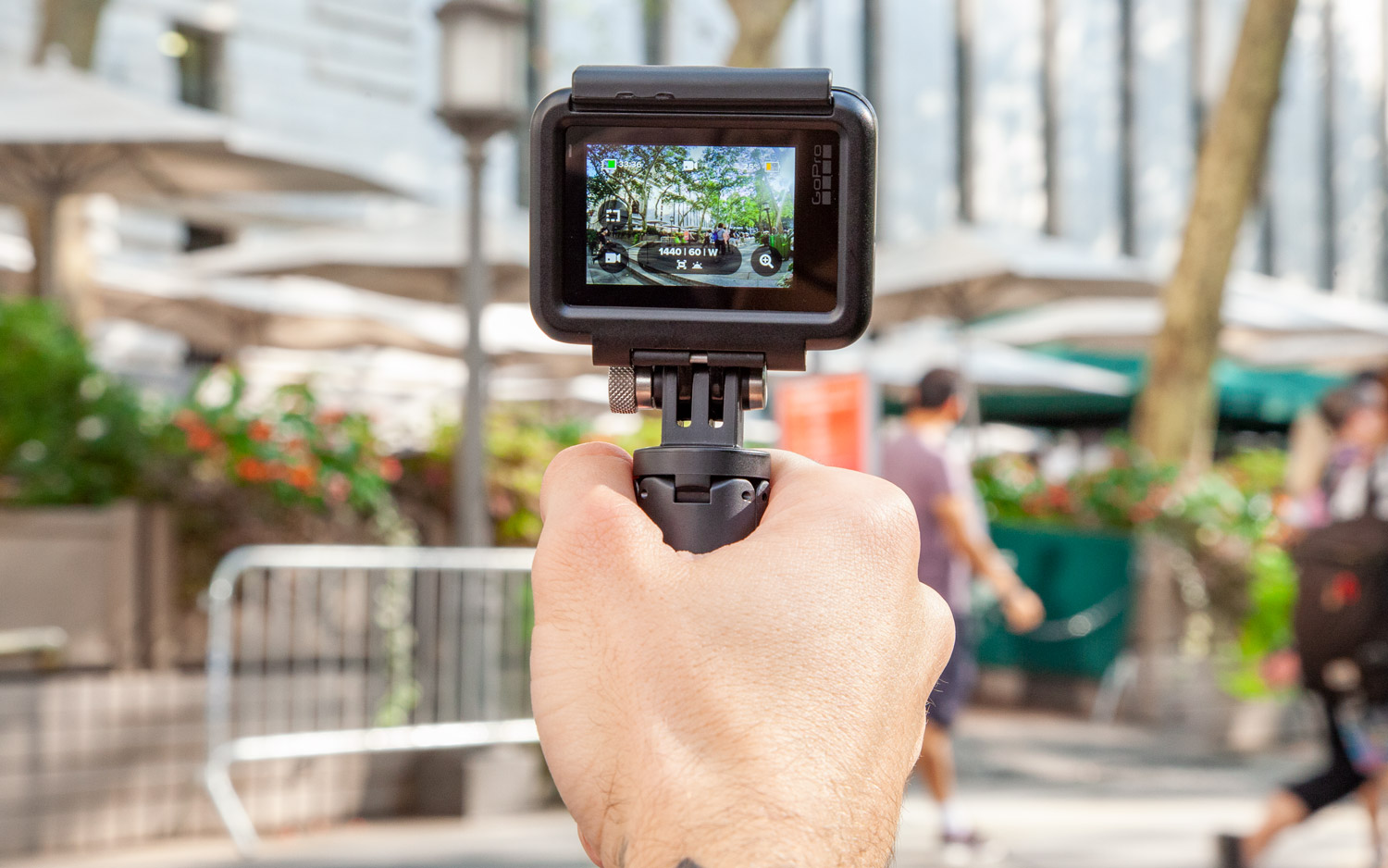
I was largely impressed by the quality of the 4K video captured by the Hero7. My orange racing coveralls looked suitably dusty in the karting video and the clouds stood out against the pale-blue sky. Individual strands of my daughter's hair flared out as she pedaled around the block, and the blue of her eyes was clearly a different shade than her dark-blue hoodie.
The only time the Hero7 struggled was when the action shifted so that the sun backlit the shot. Video can get washed out temporarily, and you'll notice the camera struggling mightily to adjust to new lighting conditions on the fly. But that's the hazard of filming action videos, and it's a trade-off most people will be happy to make for crystal-clear, stable footage.
Camera Quality
The GoPro Hero7 can capture still images, too. If you use the wide-angle lens, be prepared for a noticeable fisheye effect, although you can switch to a linear angle if you prefer. (Linear shots look better in landscape than they do in portrait.) As with previous Hero cameras, the wide-angle shot has a 149-degree field of view, while linear shots feature a 102-degree field of view.
While the camera captures crisp images with sharp colors, the wide field of view makes it easy for the sun to sneak into your shot, causing some details to get blown out.
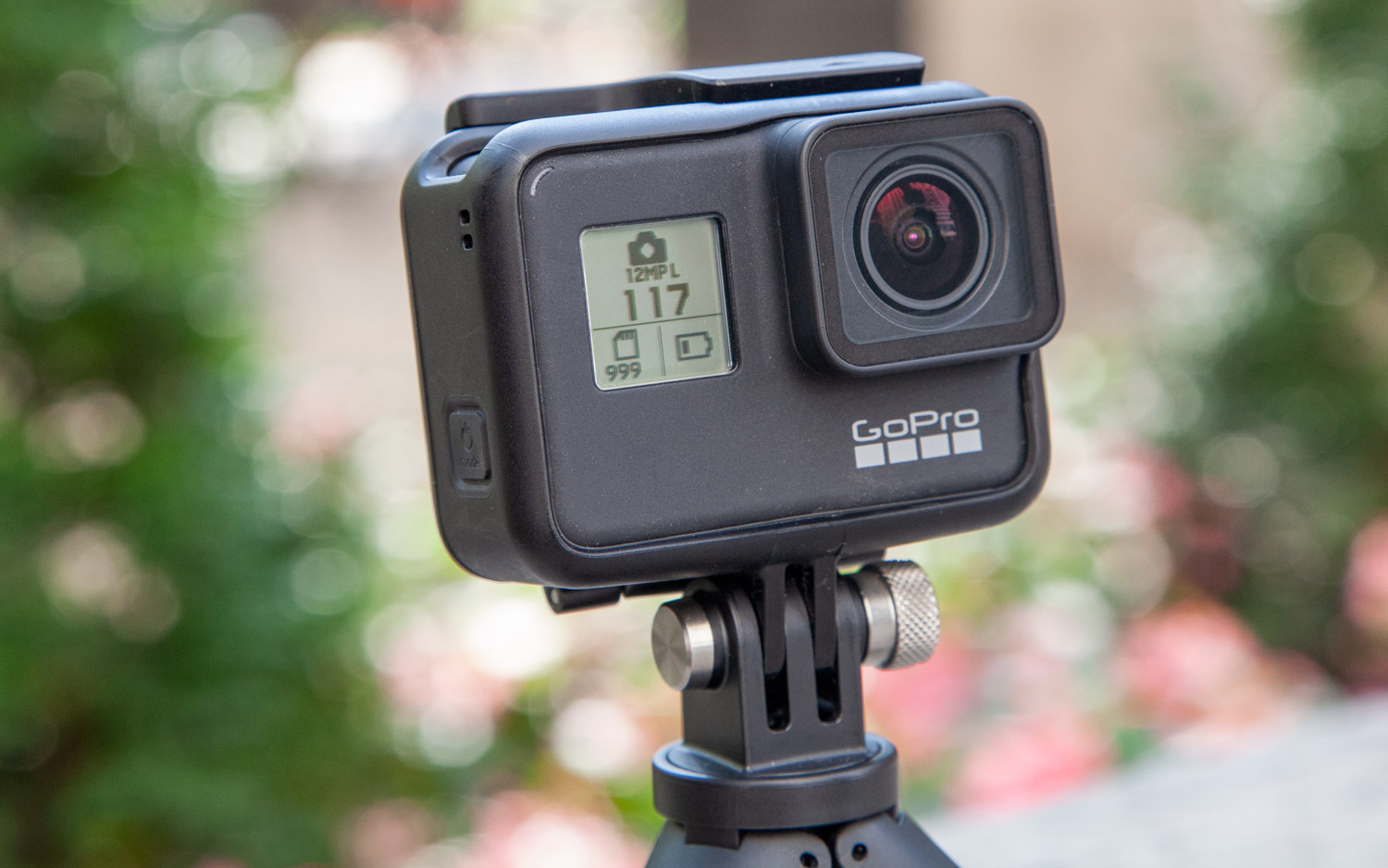
One of the handiest features for snapping photos with a Hero7 is the camera's voice controls, which will snap the shutter when you say, "GoPro, take a photo." (Voice controls work with other modes, as well.) But the biggest new feature is something GoPro calls SuperPhoto, in which the camera attempts to automatically optimize shots using HDR, local tone mapping and noise reduction.
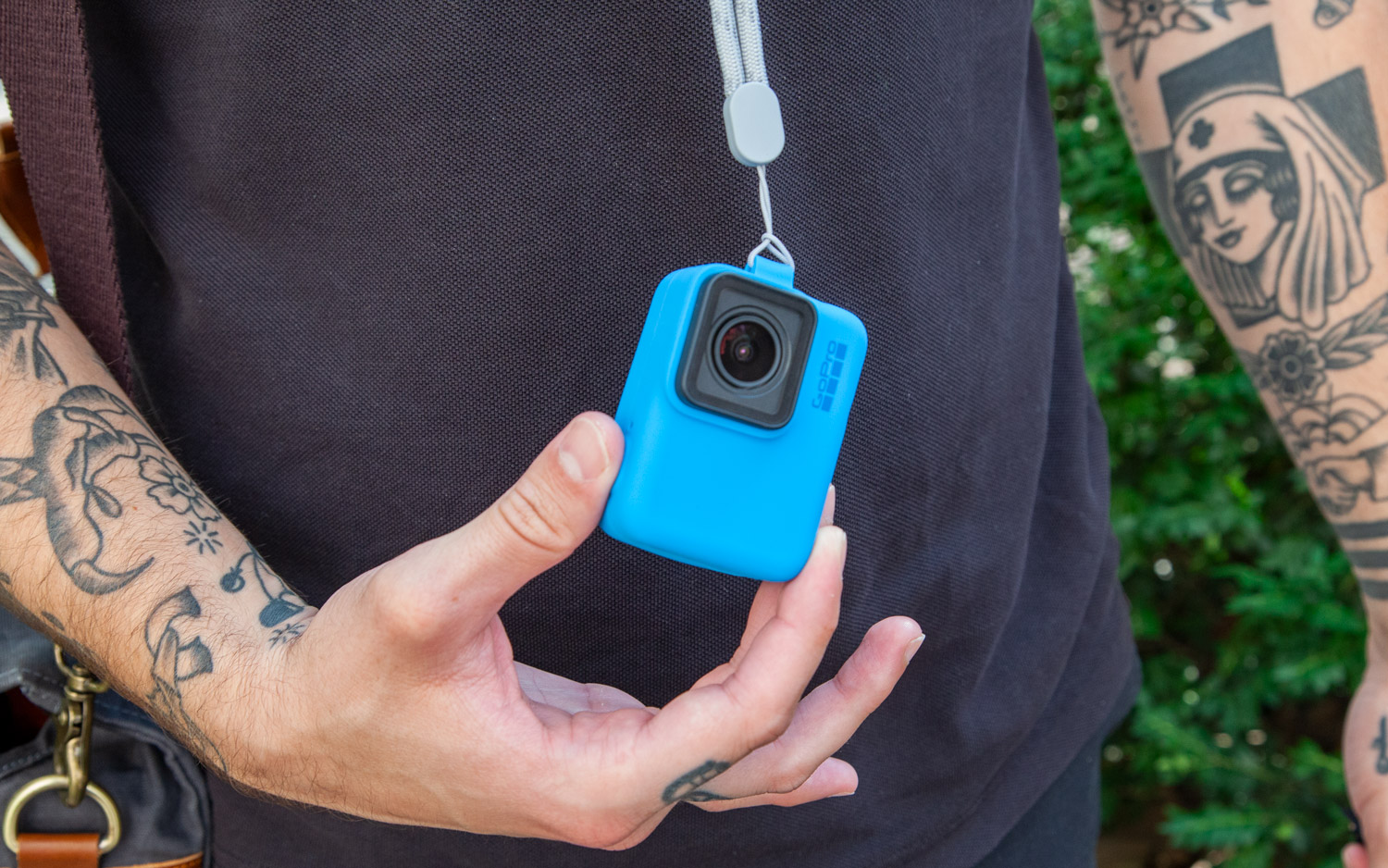
The results are impressive when you line up your shot well. A photo I took with the sun at my back produced a well-composed shot of a football field packed with different marching bands, their contrasting uniform colors standing out sharply against the artificial turf. But a shot with me and my daughter with the sun off to our left produced heavy shadows over our faces, and there's a noticeable shift in the sky's color as the camera tries to compensate for the bright light.
MORE: 21 of the Best GoPro Accessories
Audio
GoPro's ongoing efforts to boost the audio continue with the Hero7. In addition to advanced noise suppression aimed at keeping noise from wind and vibrations to a minimum, the Hero7 promises to deliver a much broader dynamic range with brighter mids and high notes.
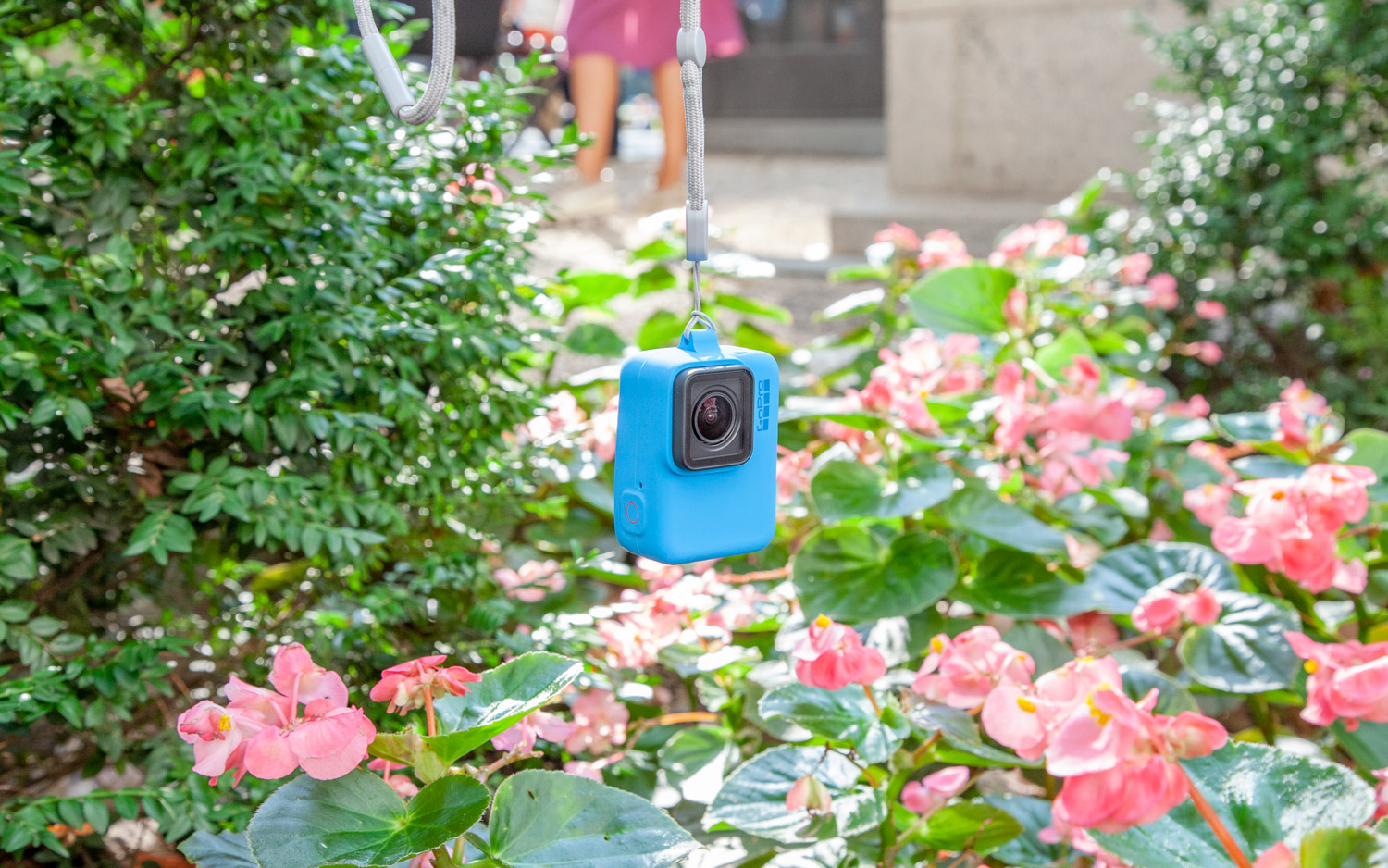
Generally, I found the audio pleasing. You can hear some crackle from the wind in footage I shot from the co-pilot seat of an old-timey biplane — mitigating circumstance for that wind: I was sitting in an open-cockpit biplane — but the roar of kart motors came through loud and clear on that footage, and my daughter's giggles as she rode her bike were also picked up clearly by the Hero7. That said, my voice had a little bit of an echo to it as I livestreamed a video from my desk.
Livestreaming
Observant readers might have come across that last sentence and thought, "Wait, what?" Yes, livestreaming is now built directly into the GoPro app, allowing you to beam your footage straight to Facebook Live, Twitch, YouTube and Vimeo while also saving it on your camera's SD card.
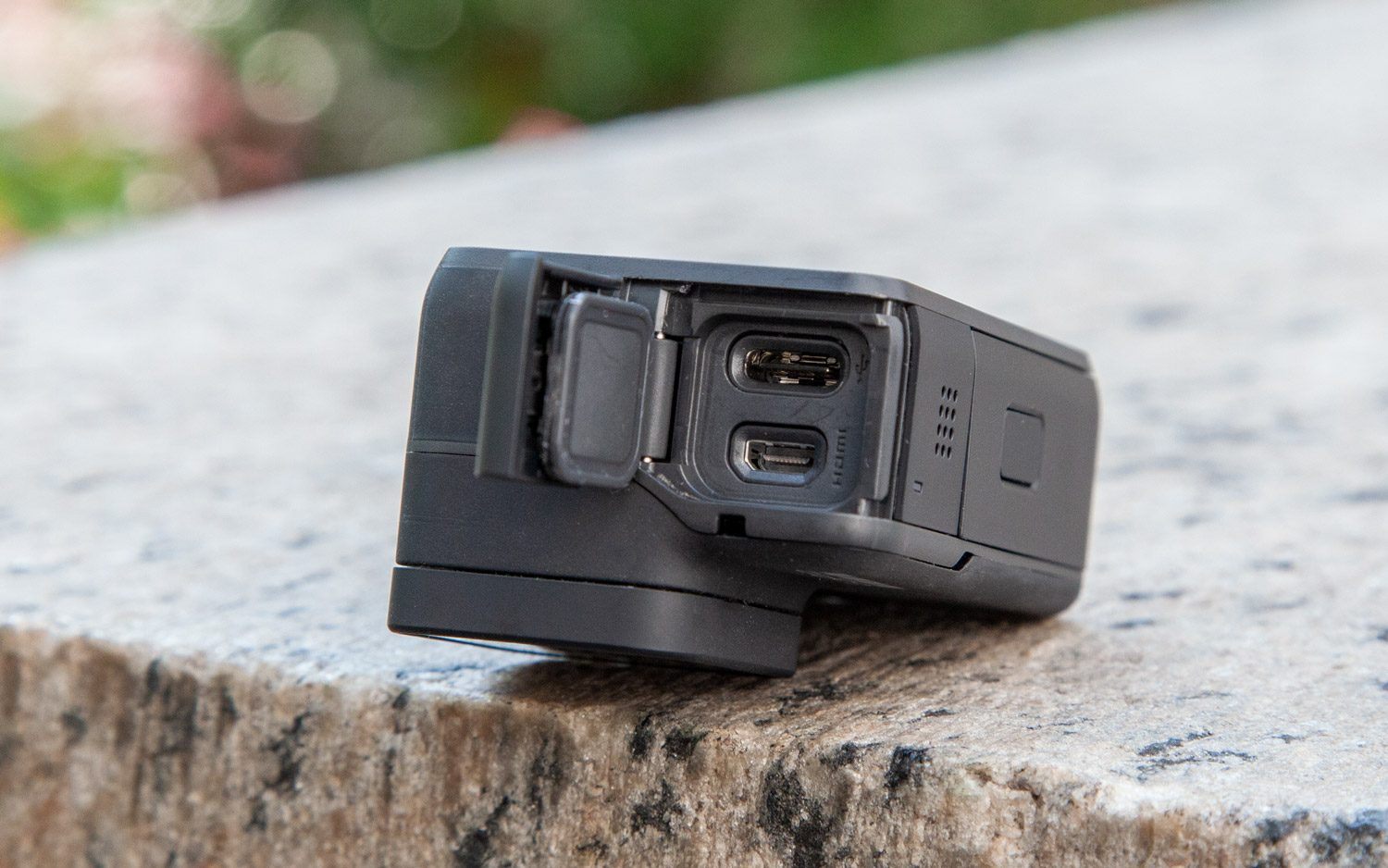
For the most part, livestreaming works fairly well, even though it was in the beta stage when I tested the feature. It's a multistep process, with some pretty clear on-screen instructions in the GoPro app on your phone, but everything worked well with a minimum of fuss. The biggest issue I ran into — and one I would expect GoPro to correct via a software update — is the fact that livestream videos get cut off a few seconds early when they're archived on Facebook.
Battery
GoPro doesn't talk about any battery-life improvements with the Hero7, so I'd expect the same hour or so that the Hero6 delivered. Filming my daughter's biking exploits and fiddling with both settings and setup consumed about a quarter of the battery over 20 minutes, so have backup batteries at the ready. GoPro does say the Hero7 supports fast charging, though you'll have to buy a separate accessory.
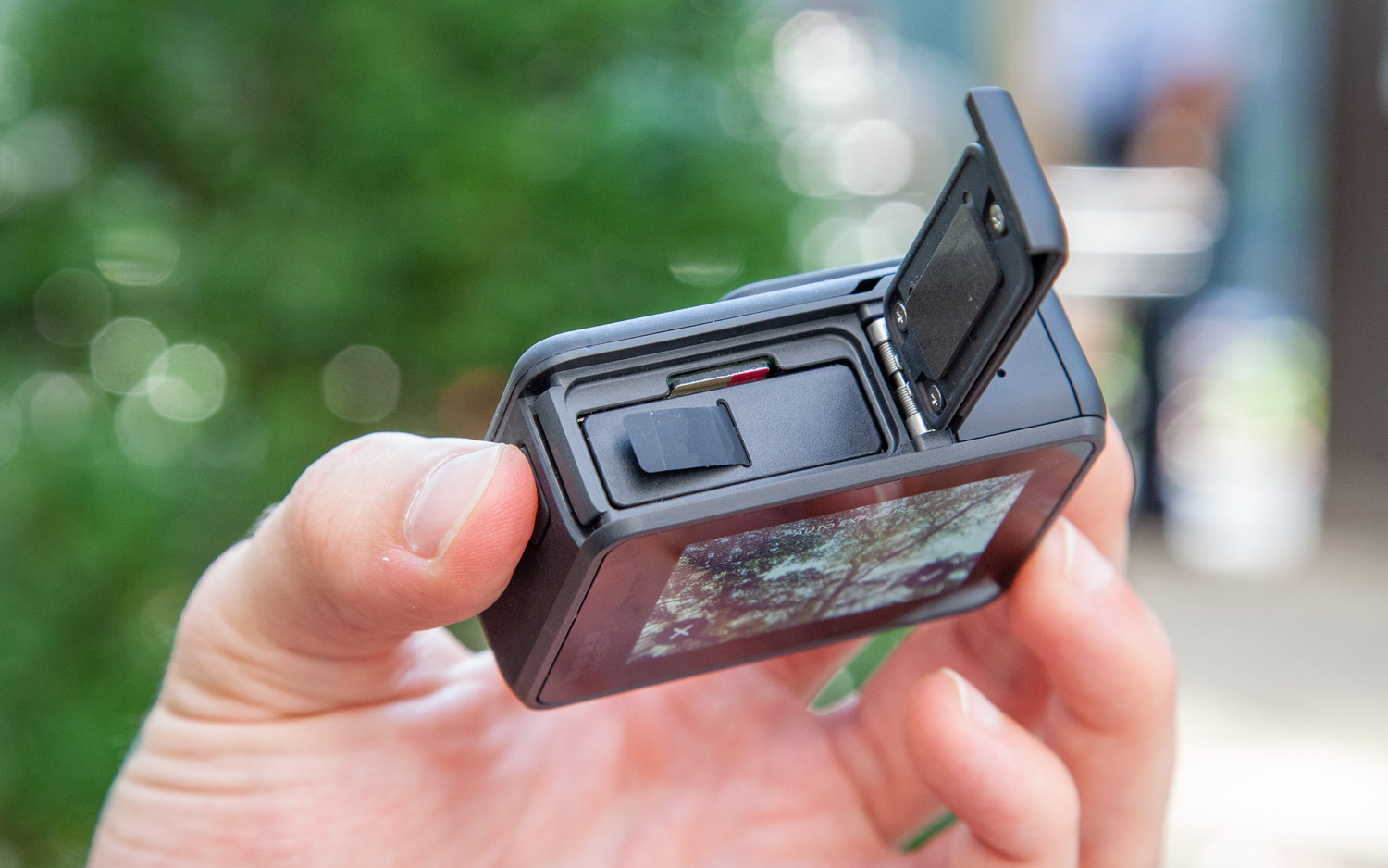
Bottom Line
If all the GoPro Hero7 offered included the new SuperPhoto and TimeWarp features, audio improvements and the ability to livestream, it'd still be a fine upgrade over past GoPro cameras. Image-stabilization improvements make this camera more than worth the price of admission. Bargain hunters will want to check out the Yi Lite ($99), which can also shoot image-stabilized video at resolutions up to 1440k, but if you want the best, the GoPro Hero7 is your best choice.
Credit: Tom's Guide
Philip Michaels is a Managing Editor at Tom's Guide. He's been covering personal technology since 1999 and was in the building when Steve Jobs showed off the iPhone for the first time. He's been evaluating smartphones since that first iPhone debuted in 2007, and he's been following phone carriers and smartphone plans since 2015. He has strong opinions about Apple, the Oakland Athletics, old movies and proper butchery techniques. Follow him at @PhilipMichaels.
